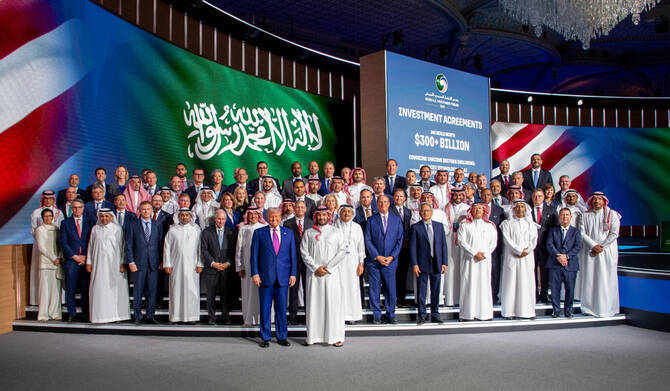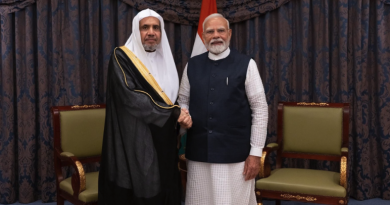Saudi-US Economic Cooperation Continues to Evolve After Eight Decades
Riyadh – Saudi Arabia and the United States continue to build on more than 80 years of economic cooperation, a relationship that began with early oil exploration and has since expanded into defense, investment, technology, education, and new sectors shaped by ongoing development goals.
The long-standing partnership has adapted to global changes while maintaining steady growth across multiple strategic areas.
The foundation of the economic relationship was established in the early 1930s when King Abdulaziz granted oil exploration rights to an American company under a 66-year agreement.
This collaboration led to the creation of the Arabian-American Oil Company, later evolving into Aramco, and marking the start of a transformative era for the Kingdom’s economic development.
The discovery of commercial oil at Dammam Well No. 7 in 1938 accelerated cooperation between the two nations.
As production increased, bilateral trade flows strengthened, laying the groundwork for decades of economic and strategic engagement that shaped regional energy markets.
Early diplomatic and trade connections were formalized when the two countries signed an interim trade agreement in 1932, establishing a basic framework for exchanging goods and services.
By the early 1970s, bilateral trade had expanded significantly, with Saudi imports from the US reaching hundreds of millions of dollars, alongside growing Saudi exports.
A major milestone in strengthening economic cooperation came in 1974 with the formation of the US-Saudi Arabian Joint Commission on Economic Cooperation.
Through this platform, American expertise supported the Kingdom’s infrastructure projects, aiding non-oil economic development during a period of rapid national modernization.
Throughout subsequent decades, the relationship continued to diversify, moving beyond energy into defense, investment, and technological collaborations.
The presence of US companies in Saudi Arabia increased as both sides emphasized long-term partnerships aligned with economic modernization and industrial expansion.
A key step in strengthening people-to-people and knowledge-based cooperation came in 2005 with the establishment of the King Abdullah Scholarship Program.
The initiative enabled thousands of Saudi students to study in US universities, contributing to the development of skilled human capital that supports the Kingdom’s long-term economic goals.
Recent years have seen continued growth in trade and investment despite shifting global conditions.
Saudi Arabia remains one of the United States’ largest trading partners in the Middle East, with goods trade exceeding $25 billion in 2024 and investments expanding across transportation, real estate, and the automotive sector.
Momentum was further reinforced during the Saudi-US Investment Forum held in Riyadh in May, where agreements worth more than $300 billion were announced.
The event showcased opportunities in energy, logistics, technology, infrastructure, and advanced industries, reflecting both nations’ interest in expanding cooperation into future-oriented sectors.
The Crown Prince highlighted investment opportunities estimated at $600 billion, with potential expansion reaching $1 trillion as major national projects continue under Vision 2030.
Officials emphasized that the partnership remains essential for supporting innovation, digital transformation, and emerging industries positioned to shape the global economy.
Saudi digital sector leaders noted that the Kingdom has become the region’s largest digital economy and a central hub for artificial intelligence, cloud computing, and next-generation technologies.
Ongoing collaboration with American companies in these fields is expected to accelerate industrial diversification and strengthen the Kingdom’s global competitiveness.
Historical ties also continue to play a symbolic role in the relationship, recalling the 1945 meeting between King Abdulaziz and President Franklin D. Roosevelt aboard the USS Quincy.
This meeting laid the groundwork for strategic relations that have expanded over generations and adapted to evolving economic and geopolitical priorities.
A new milestone is set for Nov. 18, when the Saudi Crown Prince is scheduled to meet with the US President in Washington.
The upcoming discussions are expected to address cooperation in investment, energy transition, technological advancement, and other sectors reflecting the changing priorities of both nations.
Today, the Saudi-US partnership stands as one of the region’s most enduring and multifaceted economic relationships, continuing to expand into new areas as global markets transform.
From the first oil agreements to modern investments in innovation and digital infrastructure, collaboration remains anchored in shared strategic interests and continued economic growth.



